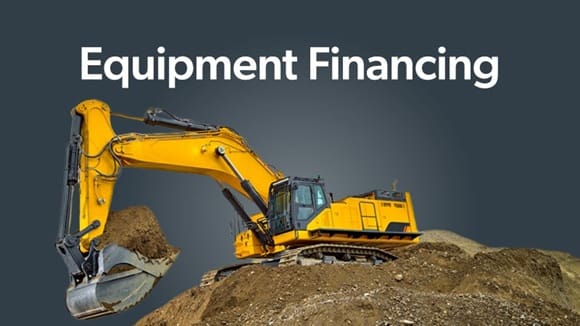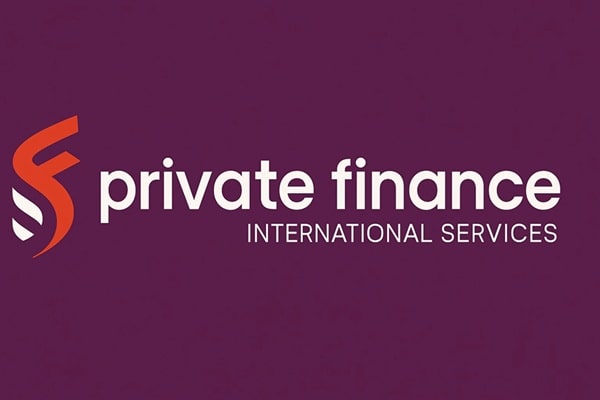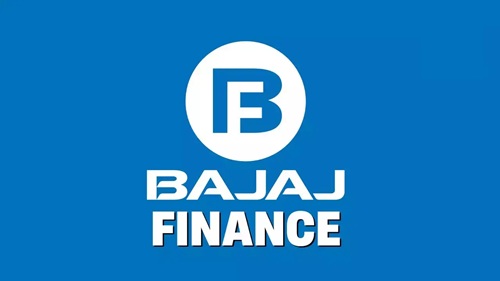Why equipment matters for business growth
Every growing business eventually hits the same roadblock—needing more or better equipment to keep up with demand. Whether it’s upgrading technology, adding delivery vehicles, or replacing aging tools, equipment plays a vital role in productivity and competitiveness. The challenge, of course, is cost. High-quality machinery and tools require significant capital, and paying out of pocket isn’t always realistic. That’s where different methods of financing for equipment come into play, giving businesses the flexibility to grow without draining cash reserves.
Understanding your options
The good news is that there’s no single path to acquiring the tools your business needs. Financing options can be tailored to your company’s size, credit profile, and long-term goals. The three most common approaches are loans, leases, and lines of credit. Each one offers unique benefits and trade-offs, especially when it comes to cash flow management, tax treatment, and ownership structure.

Equipment loans: building ownership over time
An equipment loan is the most straightforward option. A lender provides funds to purchase equipment outright, and you repay the loan in fixed installments—usually with interest—over a set period. Once you’ve completed all payments, the equipment belongs entirely to you. This approach is ideal for long-term investments, such as vehicles, heavy machinery, or manufacturing systems that will serve your business for years.
Because the equipment itself often serves as collateral, these loans can be easier to qualify for than unsecured credit. Interest rates tend to be competitive, and many lenders offer flexible repayment schedules. Another perk is the potential for tax deductions. Under the IRS’s Section 179 deduction, businesses can often deduct the full purchase price of qualifying equipment in the year it’s put into service. For more details, the IRS guide to business deductions explains what qualifies and how depreciation works.
The downside? Equipment loans can tie up credit capacity and require upfront down payments. If your cash flow is tight or you’re unsure how long you’ll need the equipment, leasing might be the better route.
Equipment leasing: flexibility without ownership
Leasing offers a more flexible way to acquire equipment without taking on ownership responsibilities right away. Essentially, you rent the equipment for a predetermined period—often two to five years—and make regular payments throughout the lease term. At the end of the agreement, you can either return the equipment, renew the lease, or buy it at a reduced cost.
This approach is especially useful for industries that rely on technology or machinery that evolves quickly. For example, a medical practice or IT firm can upgrade to the latest models without worrying about outdated equipment sitting idle. Leases also require little or no upfront cost, helping preserve working capital for other business needs.
However, leasing can cost more over time if you renew frequently or eventually decide to buy. The total payments can exceed the equipment’s purchase price, and there’s no asset to show for it if you don’t exercise the buyout option. Still, for businesses prioritizing flexibility, leasing remains one of the most accessible and manageable options.
Lines of credit: maintaining control and liquidity
A business line of credit provides ongoing access to funds that can be used for any operational need, including equipment purchases. Rather than borrowing a lump sum, you draw from your credit line as needed and pay interest only on what you use. This makes it a great choice for businesses that frequently purchase smaller tools, upgrade components, or handle seasonal fluctuations in equipment needs.
Lines of credit are especially helpful for companies that want to maintain liquidity. They allow you to manage cash flow more effectively while keeping resources available for emergencies or opportunities. That said, they require discipline—drawing too heavily or too often can lead to higher interest expenses or strained repayment schedules.
How financing choices affect cash flow and taxes
The type of financing you choose affects more than just ownership. It influences how you report expenses and manage taxes. Loan payments generally consist of principal and interest, with interest being tax-deductible as a business expense. Leases, on the other hand, often allow you to deduct the full payment amount as an operating expense, simplifying bookkeeping and reducing taxable income.
Timing also matters. Leasing spreads out payments, keeping upfront costs low, while loans require more initial commitment but provide equity over time. Choosing between the two depends on your company’s growth phase and cash position. Businesses in rapid expansion may prefer leasing to conserve cash, while those with stable revenue may find ownership through loans more cost-effective in the long run.
Evaluating lenders and loan terms
Not all financing partners operate the same way. Before signing any agreement, compare multiple lenders and review their terms closely. Key factors include interest rates, repayment flexibility, fees, and early payoff penalties. Ask whether the lender reports to business credit bureaus—building your company’s credit profile can open doors to better terms in the future.
Transparency and communication are crucial. A reliable lender should clearly outline costs and help you understand total repayment over the loan term. The U.S. Small Business Administration’s equipment financing guide is a great place to learn more about federal programs and guarantees that can help reduce borrowing costs.
Making the right decision for your business
Ultimately, the right equipment financing option depends on your unique situation. If you’re investing in assets that will serve your business for many years, purchasing through a loan might make sense. If your industry evolves quickly or you prefer short-term commitments, leasing could be more strategic. For ongoing flexibility, a line of credit provides a safety net for both immediate and future needs.
Before deciding, evaluate the total cost of ownership, tax implications, and your long-term goals. With careful planning and the right financing approach, you can secure the equipment you need to grow—without sacrificing your business’s financial health.

